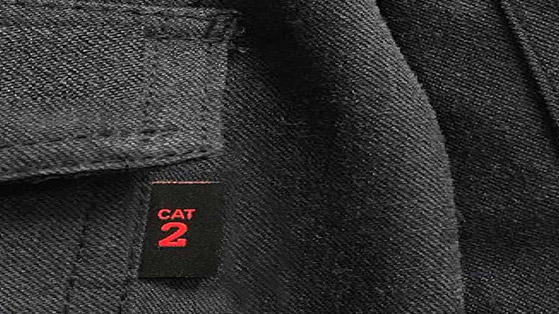After the flames: how FR workwear performs in an emergency
Heat & flame protection
Beat the heat with fire resistant clothing
Fire is unpredictable. And deadly. That’s why workers who face on-the-job threats of fire and electric arc hazards rely on (FR) clothing made with DuPont™ Nomex®.
Every day around the world, in labs, on battlefields, in burning buildings and countless other hot spots, this advanced fiber helps keep millions of workers safe from extreme danger. The inherent protection of Nomex® fiber—protection that can’t be washed out or worn away—is an essential safeguard for emergency responders, military troops, police officers, scientists and industrial workers around the world, all who trust the durability and advanced flame-resistant properties of Nomex® to help bring them home safe.
Webinar Library
Become an expert in personal protection and join our series of webinars, the DuPont Personal Protection Webinar Academy.
Flame-resistant clothing standards
DuPont works with companies, governments, academics and scientists to develop a vast range of garments and products that protect life. Read more about key thermal regulations to find out how.
Tested for the hazards you face
Thermo-Man® is the world’s most advanced life-size thermal burn evaluation system. Our Thermo-Man® units use state-of-the-art technology to demonstrate the durability and superior flame-resistance Nomex® delivers compared to other FR solutions.










